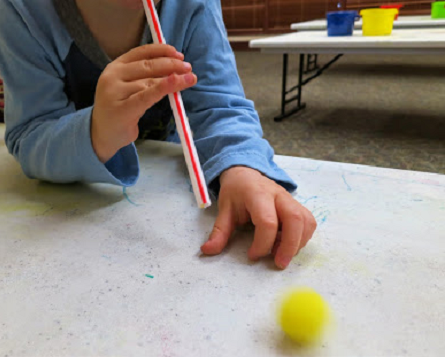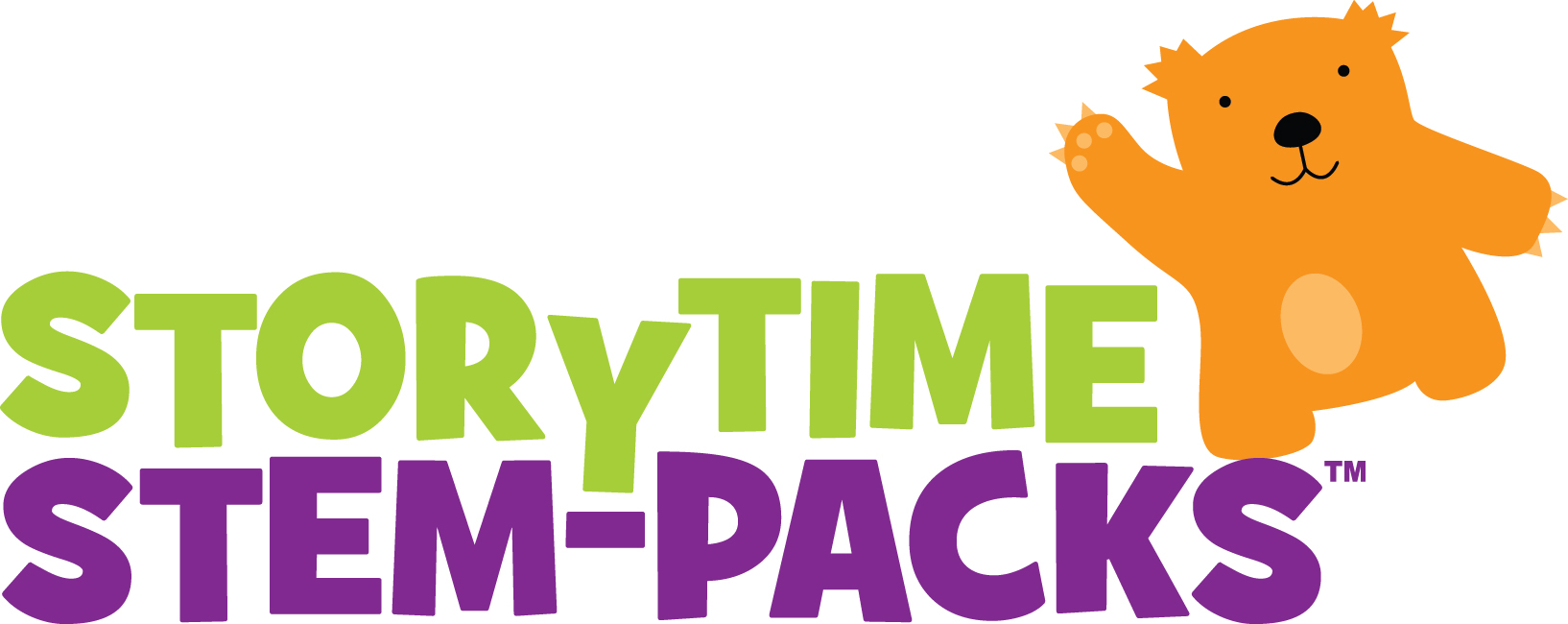Elementary | Daily Do
How Does Air Make Things Move?

Crosscutting Concepts Disciplinary Core Ideas Is Lesson Plan NGSS Phenomena Physical Science Science and Engineering Practices Three-Dimensional Learning Elementary
What Is Sensemaking?
Sensemaking is actively trying to figure out how the world works (science) or how to design solutions to problems (engineering). Students do science and engineering through the science and engineering practices. Engaging in these practices necessitates that students be part of a learning community to be able to share ideas, evaluate competing ideas, give and receive critique, and reach consensus. Whether this community of learners is made up of classmates or family members, students and adults build and refine science and engineering knowledge together.
Introduction
Today's task is geared toward younger children and their families (older siblings are encouraged to participate!) and uses wind moving objects around as the phenomenon to motivate science learning. Using familiar objects, students conduct investigations (science and engineering practice) and use the thinking tools of patterns and cause-and-effect (crosscutting concepts) to make sense of these science ideas: Pushes can be big or small and can cause changes in motion.
Daily Do Playlist: Pushes and Pulls
How does air make things move? is a stand-alone task. However, it can be taught as part of an instructional sequence in which students coherently build ownership of science ideas about what pushes and pulls can do. In this first of three playlist lessons, students investigate the effect the size of a push has on the motion of objects familiar to them.
Experience the Phenomenon
Young children have experience with wind moving objects, but may never had a chance to notice and wonder. Consider sharing this video of wind moving leaves with your students so they have a common experience with the phenomenon (they can share and build on one another's ideas). Ask students to make and record observations using words and/or pictures. You may need to play the video more than once. Encourage students to ask questions about what they've observed in the video or a related phenomenon (personal experiences similar to what they observed in the video). Record all questions.
The Engaging Students with the Leaves Phenomenon video offers suggestions on different ways you and your students might experience this phenomenon together. The presenter uses Whiteboard.fi to help her participants-as-learners identify patterns in their observations.
Materials
- straw (short, or cut in half)
- feather
- cotton ball
- small river rock or similar item
- dried beans (small and large, such as kidney and lima bean)

Getting Started With the Task
Set objects on the table. Tell students to each pick up a straw.
Ask your students to blow with the straw on the back of their hands, then ask them to describe what they feel. You might ask: What is pushing on your hand? (What did you blow through the straw?)
Investigation
Ask: What do you think will happen when you use the straw to blow on the different objects on the table? Why do you think so?
Let your students explore blowing on the objects for a little while. Then instruct your students to select one of the objects and ask, What do you think will happen if you blow softly on this [object]? If you blow harder? Let them try and make observations. Some questions you might ask your students include
- How do you make the objects start moving?
- How does the object move (roll, slide, or hop) when you blow on it through the straw?
- What do you notice that is similar between the object's movement with a hard blow through the straw and a soft blow? What do you notice that is different?
- Can you make the object move the same distance each time? How did you do it?
Tell students: Now try blowing on all of the objects with hard blows through the straw and soft blows. Let them try and make observations.
Help students make sense of their exploration:
- What patterns did you observe? (objects move farther when you blow harder rather than softer; objects move faster when you blow harder rather than softer; blowing on objects make them start moving; all the objects stopped moving; etc.)
- Help students use the patterns they observed to make cause-and- effect connections using “When… then” statements. (For example, "When I blew harder on the cotton ball, then it moved farther.")
Going Further: Pushing Paint With Air
Kindergarten teachers Maria Barthelmann and Stephanie Canale leveraged their students' curiosity and interest in the phenomenon to engage them in an investigation in which students use the patterns they've identified to create art. Check out the Pushing Paint video (below) that these teachers created for their students' families.
Read about Ms. Barthelmann's and Ms. Canale's experience teaching the How does air make things move? Daily Do and pushing paint investigation with their kindergarten students in their article, "Using Daily Dos to Make Science Accessible to Our Youngest Learners," which was featured in the June 2020 issue of NSTA's e-newsletter, Next Gen Navigator.
Teaching the Daily Do Playlist
To navigate students to the next lesson on the playlist, you might ask them, "What do you think would happen if one of the objects we pushed on using our breath and the straw rolled, slid, bounced, or tumbled (use words that students used to describe their objects' motions) into another object on the table? Why do you say so?" Accept all answers.
Let's investigate!
Acknowledgement
The How does air make things move? Daily Do was adapted with permission from a Storytime STEM-Packs lesson. Explore all of the STEM-PACKS on the Storyline STEM-Packs website.



